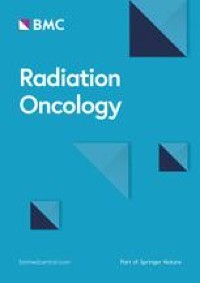|
Στην βιολογία, το περιβάλλον μπορεί να καθοριστεί σαν ενα σύνολο κλιματικών, βιοτικών, κοινωνικών και εδαφικών παραγόντων που δρουν σε έναν οργανισμό και καθορίζουν την ανάπτυξη και την επιβίωση του. Έτσι, περιλαμβάνει οτιδήποτε μπορεί να επηρεάσει άμεσα τον μεταβολισμό ή τη συμπεριφορά των ζωντανών οργανισμών ή ειδών, όπως το φως, ο αέρας, το νερό, το έδαφος και άλλοι παράγοντες. Δείτε επίσης το άρθρο για το φυσικό περιβάλλον και τη φυσική επιλογή.
Στην αρχιτεκτονική, την εργονομία και την ασφάλεια στην εργασία, περιβάλλον είναι το σύνολο των χαρακτηριστικών ενός δωματίου ή κτιρίου που επηρεάζουν την ποιότητα ζωής και την αποδοτικότητα, περιλαμβανομένων των διαστάσεων και της διαρρύθμισης των χώρων διαβίωσης και της επίπλωσης, του φωτισμού, του αερισμού, της θερμοκρασίας, του θορύβου κλπ. Επίσης μπορεί να αναφέρεται στο σύνολο των δομικών κατασκευών. Δείτε επίσης το άρθρο για το δομημένο περιβάλλον.
Στην ψυχολογία, περιβαλλοντισμός είναι η θεωρία ότι το περιβάλλον (με τη γενική και κοινωνική έννοια) παίζει μεγαλύτερο ρόλο από την κληρονομικότητα καθορίζοντας την ανάπτυξη ενός ατόμου. Συγκεκριμένα, το περιβάλλον είναι ένας σημαντικός παράγοντας πολλών ψυχολογικών θεωριών.
Στην τέχνη, το περιβάλλον αποτελεί κινητήριο μοχλό και μούσα εμπνέοντας τους ζωγράφους ή τους ποιητές. Σε όλες τις μορφές της Τέχνης αποτελεί έμπνευση και οι Καλές Τέχνες φανερώνουν την επιρροή οπού άσκησε σε όλους τους καλλιτέχνες με όποιο είδος Τέχνης κι αν ασχολούνται. Ο άνθρωπος μέσα στο περιβάλλον δημιουργεί Μουσική, Ζωγραφική, Ποίηση, Γλυπτική, χορό, τραγούδι, θέατρο, αλλά και όλες οι μορφές τέχνης έχουν άμεση έμπνευση από το περιβάλλον.
Τρίτη 19 Ιανουαρίου 2021
The watch-and-wait strategy versus surgical resection for rectal cancer patients with a clinical complete response after neoadjuvant chemoradiotherapy
Εγγραφή σε:
Σχόλια ανάρτησης (Atom)



Δεν υπάρχουν σχόλια:
Δημοσίευση σχολίου